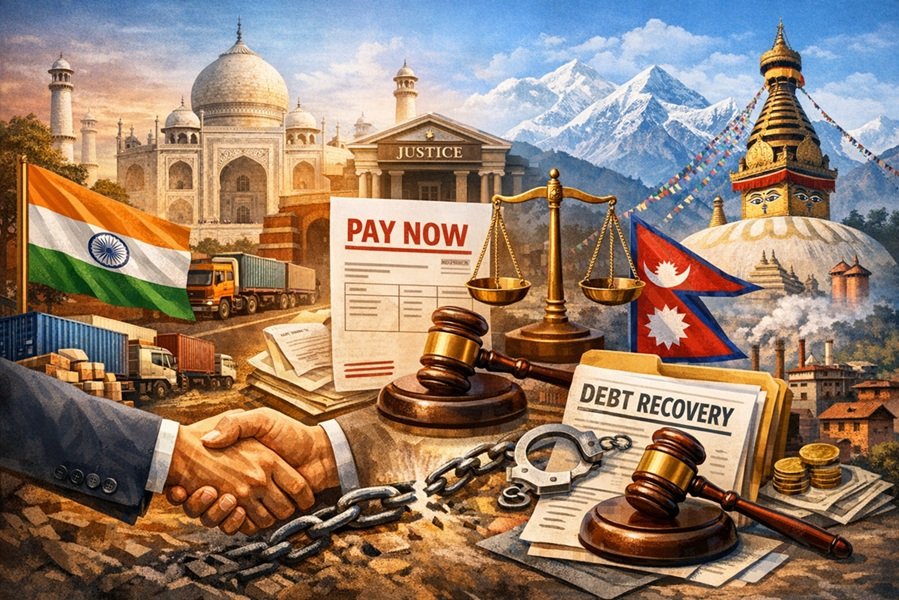
Introduction
The Territorial Army (TA) of India is one of the most distinctive and essential components of India’s defense framework. Unlike the regular forces, the Territorial Army is composed of volunteer citizens who receive military training for a few months each year but continue with their civilian careers in peacetime. Often referred to as the “Citizen’s Army,” it stands as a strategic backup for the Indian Armed Forces during emergencies, natural disasters, internal security threats, or when the regular forces need support.
History of the Territorial Army
The Territorial Army has deep historical roots. Its conceptual predecessor was raised by the British in 1920 through the Indian Territorial Force Act, 1920. After India gained independence, the modern Territorial Army was formally inaugurated by the first Indian Governor-General, C. Rajagopalachari, on October 9, 1949.
Initially, the TA had two divisions: the Territorial Army (Infantry) and the Auxiliary Force (Artillery). Over time, it evolved into a more organized and versatile auxiliary force, contributing significantly to various national operations and emergencies.
Motto and Ethos
- Motto: Savdhani Va Shoorta (Vigilance and Valour)
- Core Values: Discipline, Patriotism, Selflessness, and Readiness to Serve
Organizational Structure
The Territorial Army is structured to mirror the regular army but operates with a different working model. It falls under the Ministry of Defence and is headed by the Adjutant General of the Indian Army.
Broad Categories:
- Departmental Units: Raised by government departments like the Indian Railways, Oil and Natural Gas Corporation (ONGC), and Telecommunications. These units are trained to ensure continuity of essential services during war or emergencies.
- Non-Departmental Units: Comprising infantry battalions under the Indian Army’s command, trained and operationally ready to support combat and peacekeeping roles.
Command and Control:
- Controlled by the Territorial Army Directorate under the Integrated Headquarters of the Ministry of Defence (Army).
- Units are attached to various infantry regiments, artillery, engineers, and logistics wings.
Role and Functions
The Territorial Army plays a multi-dimensional role in supporting the regular armed forces and the civil administration. Some of its key roles include:
- Relieving Regular Army: Performs static duties and internal security tasks to allow the regular Army to focus on front-line operations.
- Aid to Civil Authorities: Provides support during natural calamities like earthquakes, floods, and cyclones.
- Maintenance of Essential Services: Ensures continuity of public services during strikes, emergencies, and war.
- Security Operations: Participates in counter-insurgency operations, border protection, and anti-terrorism activities in sensitive regions.
Eligibility Criteria and Selection Process
General Eligibility:
- Nationality: Indian Citizen
- Age: 18 to 42 years
- Educational Qualification: Graduate from a recognized university
- Employment: Gainfully employed in a civil profession or self-employed
Physical and Medical Standards:
- Same as the regular army (medical fitness is mandatory)
- Must clear written exams, interviews, and medical evaluations
Entry Schemes:
- Civilian Candidates:
- Apply through annual recruitment notifications
- Appear for Preliminary Interview Board (PIB) conducted by the Army
- Shortlisted candidates undergo SSB Interview and medical examination
- Ex-Servicemen Entry:
- Shorter process due to prior military experience
Women Entry:
- Since 2019, women are allowed to join the Territorial Army as officers, marking a significant step towards gender inclusivity in India’s defense services.
Notable Operations and Contributions
The Territorial Army has played a pivotal role in several national operations:
- 1962, 1965, and 1971 Wars: Provided critical logistic and combat support
- Operation Pawan (Sri Lanka): Extended logistical backing
- Operation Parakram: Assisted during troop mobilization post-Parliament attack
- Kargil Conflict (1999): Supported regular troops with manning rear areas and logistics
- COVID-19 Pandemic: Helped in medical aid distribution, maintaining supply chains, and quarantine duties
Territorial Army vs Regular Army
| Aspect | Territorial Army | Regular Army |
|---|---|---|
| Type of Force | Part-time, Voluntary | Full-time, Professional |
| Employment | Civilian occupation | Permanent military |
| Training | Annual 1-2 months | Continuous |
| Salary | Pay only during service | Full-time pay and benefits |
| Deployment | Only during emergencies or training | Operational and continuous |
Famous Territorial Army Officers
The Territorial Army has attracted many distinguished personalities:
- MS Dhoni – Honorary Lieutenant Colonel in the TA (106 Para TA Battalion)
- Kapil Dev – Former Indian cricketer, Honorary Lieutenant Colonel
- Sachin Pilot – Politician and Army Reservist
- Anurag Thakur – Union Minister, commissioned officer in TA
These individuals symbolize the dual excellence in civilian life and military service that the TA encourages.
Pay, Perks, and Benefits
- Officers and men receive salary and allowances equivalent to regular army personnel during training and active duty.
- Promotion opportunities up to senior ranks based on performance
- Pension and medical facilities for extended or emergency service
- Service medals, honors, and recognition for meritorious service
Challenges Faced by the Territorial Army
Despite its contributions, the TA faces several challenges:
- Awareness Gap: Many eligible citizens are unaware of TA opportunities.
- Balancing Dual Roles: Juggling a civilian career with military training is demanding.
- Limited Mobilization: The TA is only called upon during exceptional times, limiting its engagement.
- Budgetary Constraints: Less funding compared to regular forces affects modern equipment and infrastructure.
Recent Developments
- Increased Digitalization: Recruitment and training modules are being digitized.
- Expanded Women’s Entry: More roles are being opened for women officers.
- Modernization: Introduction of advanced weapons, gear, and simulation training methods.
How to Apply for the Territorial Army
Application Process:
- Visit the official website: https://www.jointerritorialarmy.gov.in
- Check the notification for eligibility and apply online.
- Prepare for PIB written exam (consists of Reasoning, Elementary Math, General Knowledge, English)
- Attend the SSB and medical test after selection
- Undergo training at Officers Training School, Chennai (for officers)
Explore:
- AWACS Aircraft: The Eyes in the Sky
- Pakistan’s Use of F-16s: U.S. Agreements, Geopolitical Implications
Conclusion
The Territorial Army of India stands as a proud testament to the spirit of citizen participation in national defense. Its part-time voluntary model bridges the gap between civilian life and national service, making it a symbol of commitment, patriotism, and resilience. In a world where security threats are evolving, the Territorial Army remains an indispensable pillar of India’s defense ecosystem, quietly yet valiantly serving the nation.







